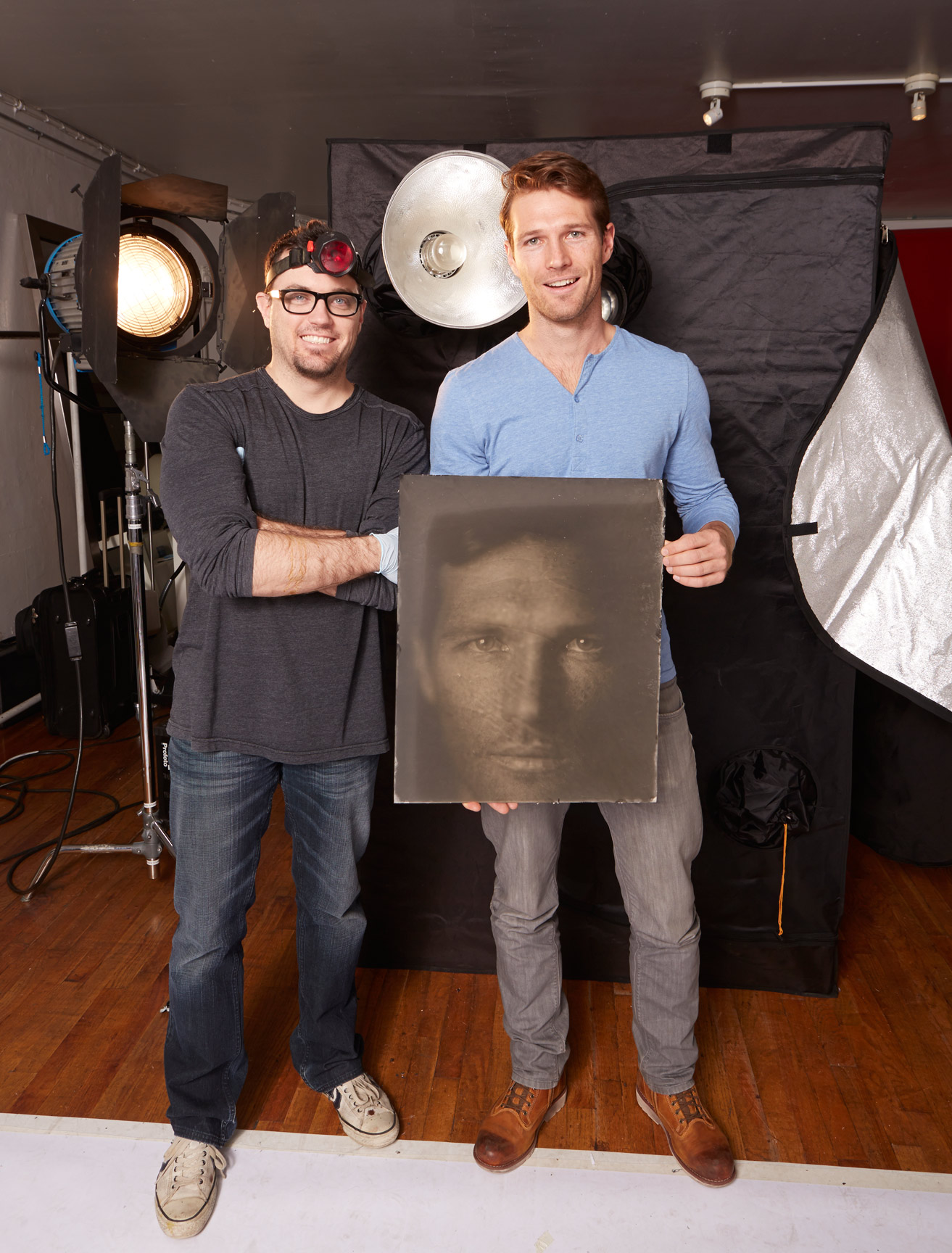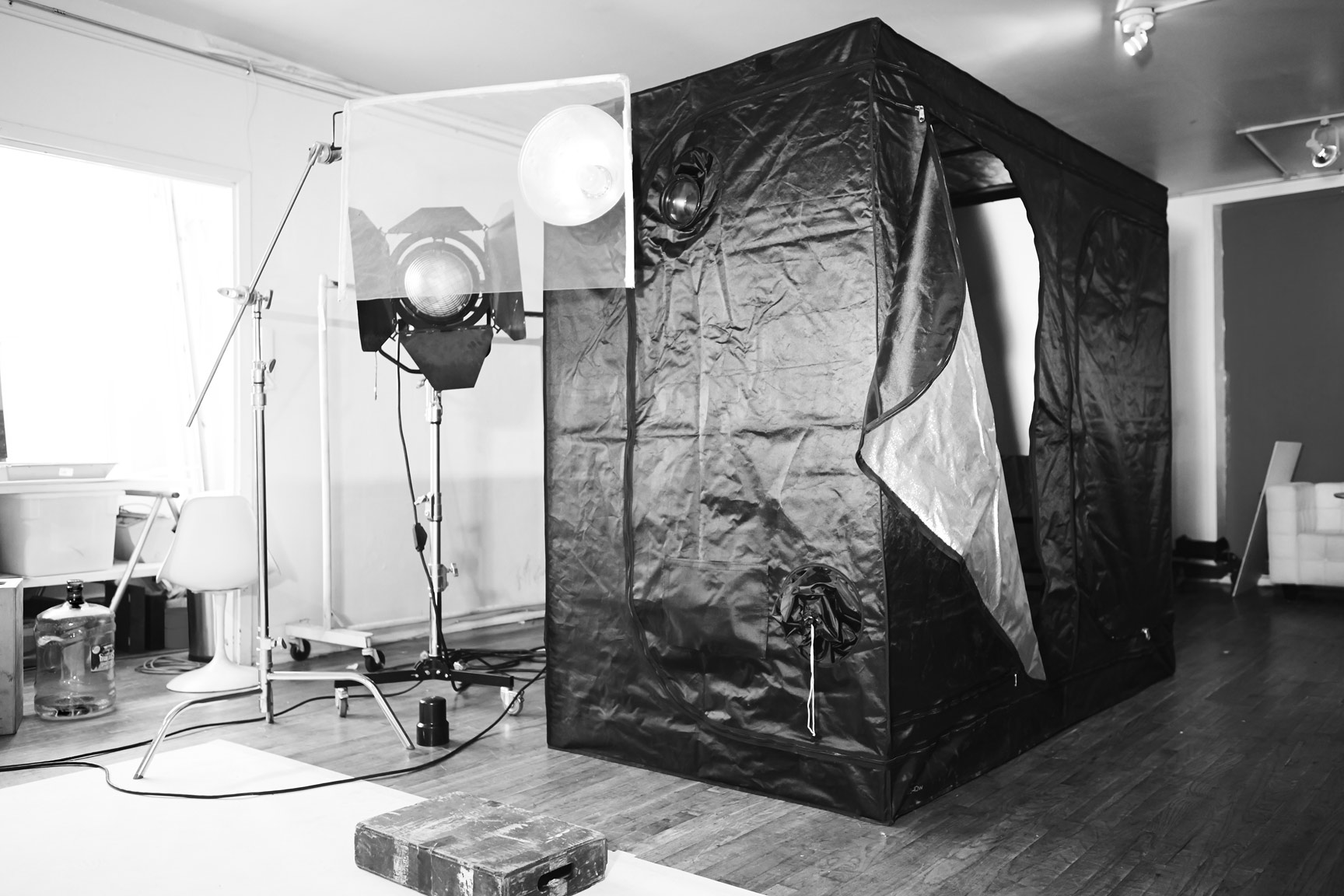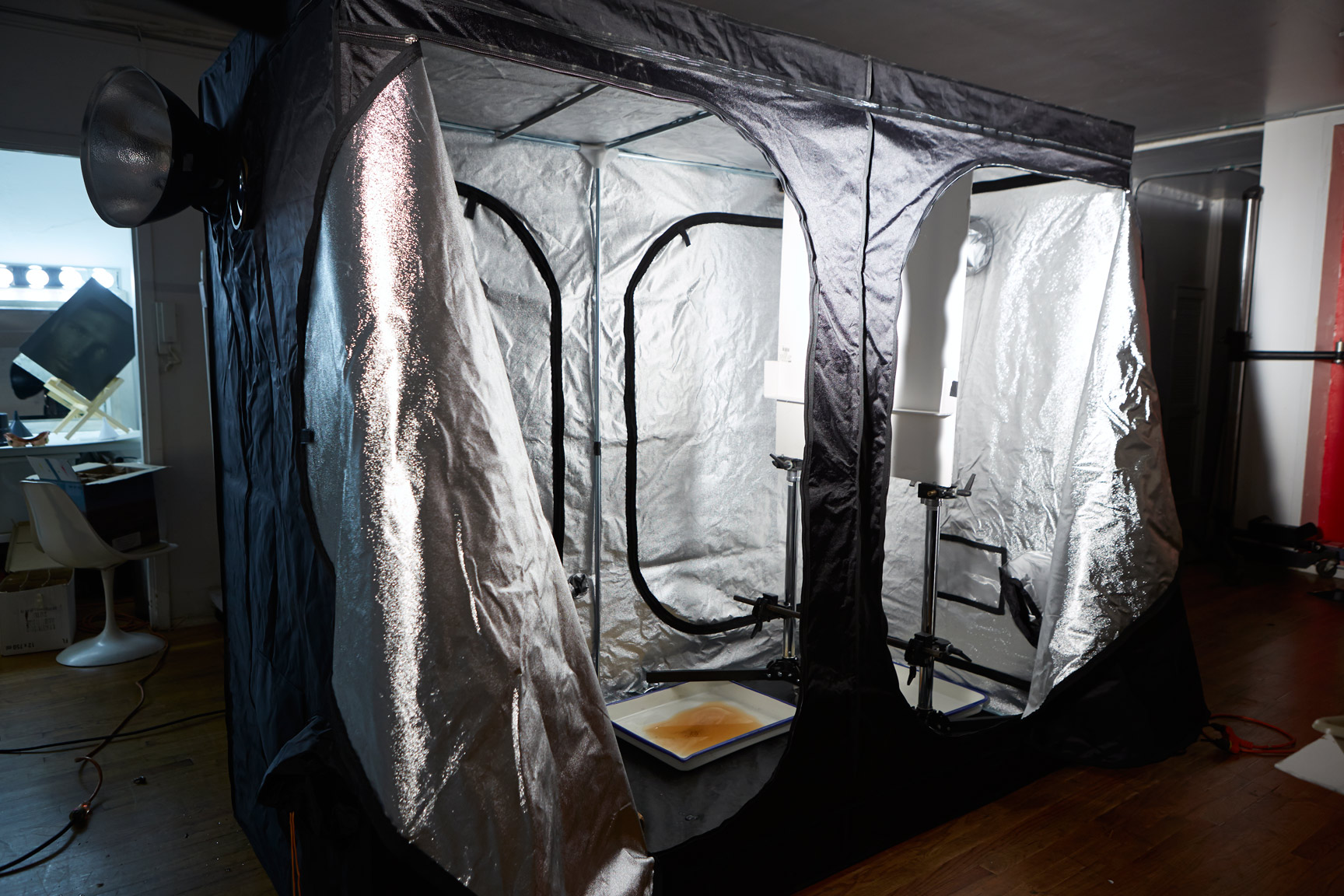Well after a long time of dreaming, thought, planning, and dedication, I've finally got the Giant Wet Plate built and ready for use. It's been a lot of fun trying to make this project work out. It all started when I got the first piece of the project...the 6.3 20in. Air Ministry Aerial lens and thought of the possibilities it created. HUGE thanks to Larry Baglio for helping me through the build and working out the details with me. It took us about an hour and a half to get it built the first time, but now that we've done it once, It might only take 15 minutes to set it up again.
See the beginnings of the idea here: http://jamesweberstudio.com/blog/?p=1665
I knew the lens had a huge light spread, so then it was just finding the enclosure that would work the best and go from there.
Christophe from New York Models was kind enough to send Vince(pictured below) over to the studio to make this test a good one. :)
Funny enough, the enclosure that worked the best turned out to be a "Grow Room" for weed....lol. The fun secondary benefits included some very nice openings that were meant for ventilation and lighting, but ended up working out as a great place to put the lens and the light. It's truly a light tight room and perfect for the shell of the Giant Wet Plate Camera.
Here's a shot of the inside with the lens and light. You can see the P-50 reflector in the shot above. The great thing about the placement of the light is that it's so close to the lens. This allows me to light up my subject with my Profoto Bi-Tube and 2 7a 2400 packs. It's 4800 watt seconds of power per shot. You can actually feel the air off of the strobe when it fires. It's pretty crazy the amount of light that it puts out. Collodion needs a lot of light to work, so this, plus a little extra time after the flash is enough to get a great image. The ISO is around .25 to 1.
The inside of the camera is also the darkroom. Because the plates are so big, they have to be tray sensitized(silver nitrate), developed, fixed, and washed.
The Siver Nitrate and development is done within the camera turned darkroom.
So strangely enough, the focusing and shooting of the camera are done INSIDE the camera. :) The backplate moves back and forth manually inside the camera to focus. You see exactly what you get right in front of you.
When zipped up, it's completely light tight.
Here's the start of the process, where you pour collodion on the plate...
pour from James Weber on Vimeo.
After you shoot the photo and have it developed, you have to then fix it. Here's the first big plate that I shot with the camera.
Wet-Plate-James-Weber from James Weber on Vimeo.
I'm very excited about the possibilities the camera creates. I'm planning to continue my portrait series and eventually, take it on the road to do some big landscape Ambrotypes, Glass Negatives, and large Aluminum plates. The possibilities are endless...
Portrait of Vince Dickson. © James Weber, 2013
Until next time...





